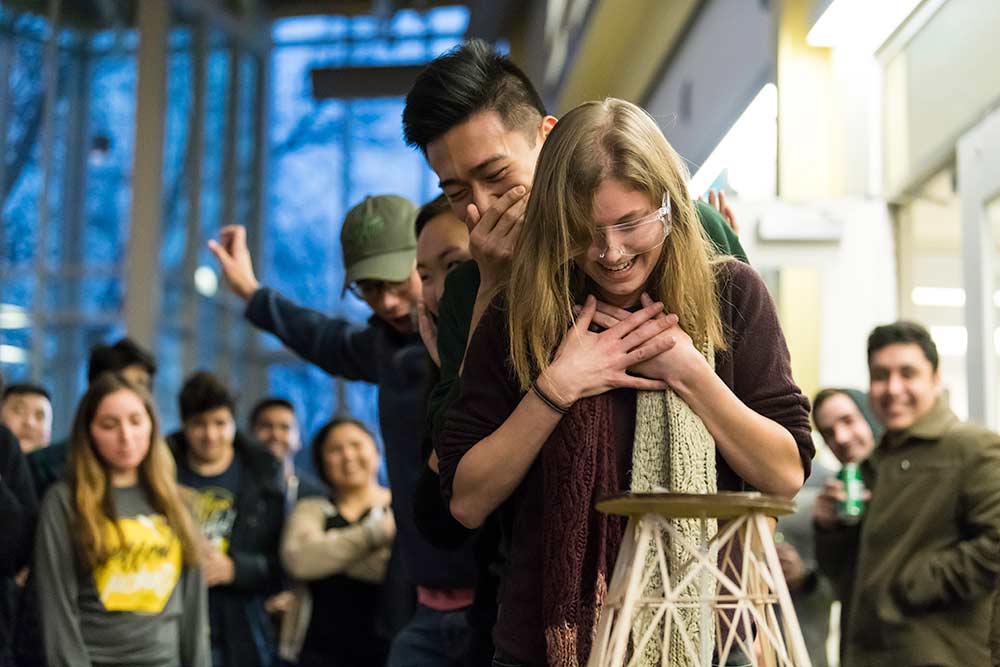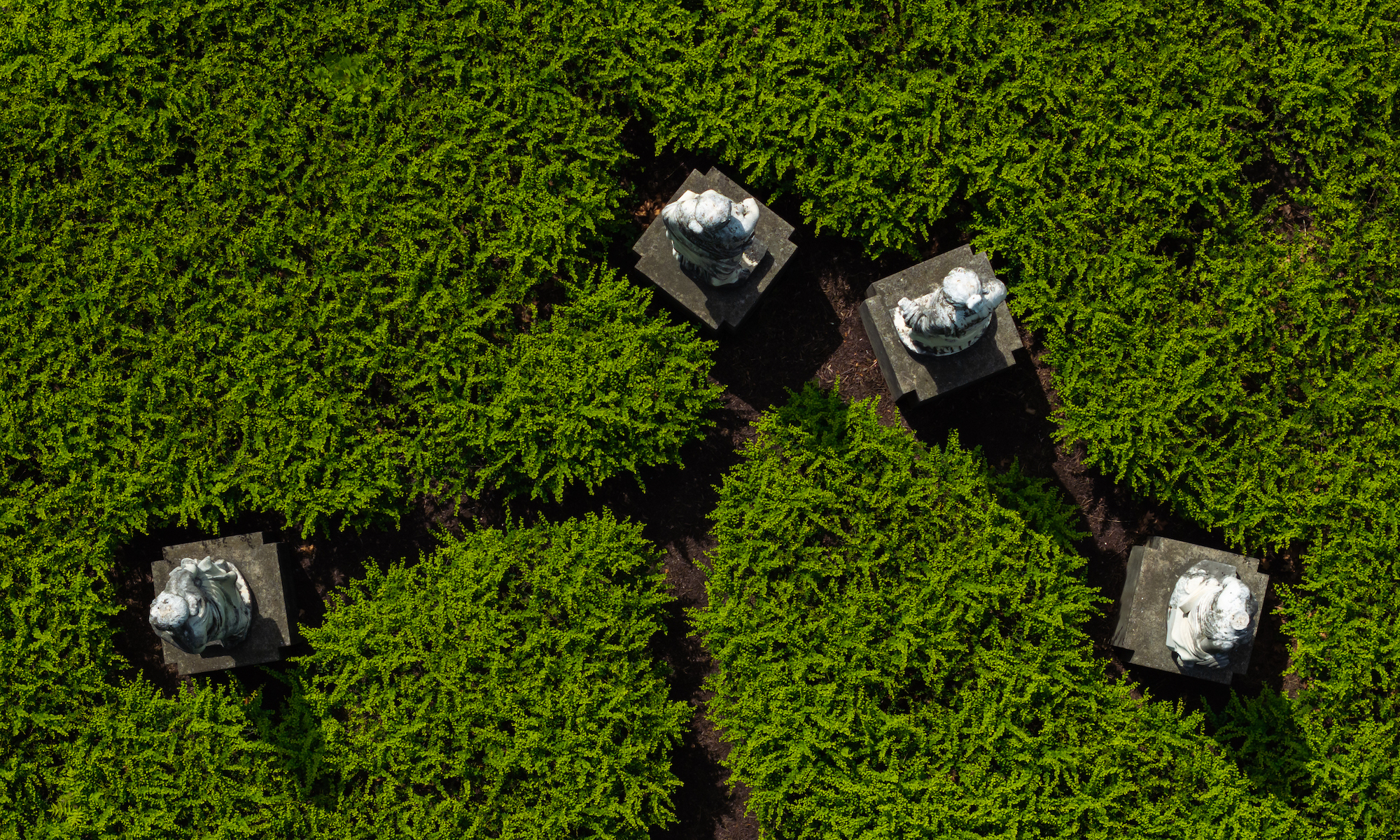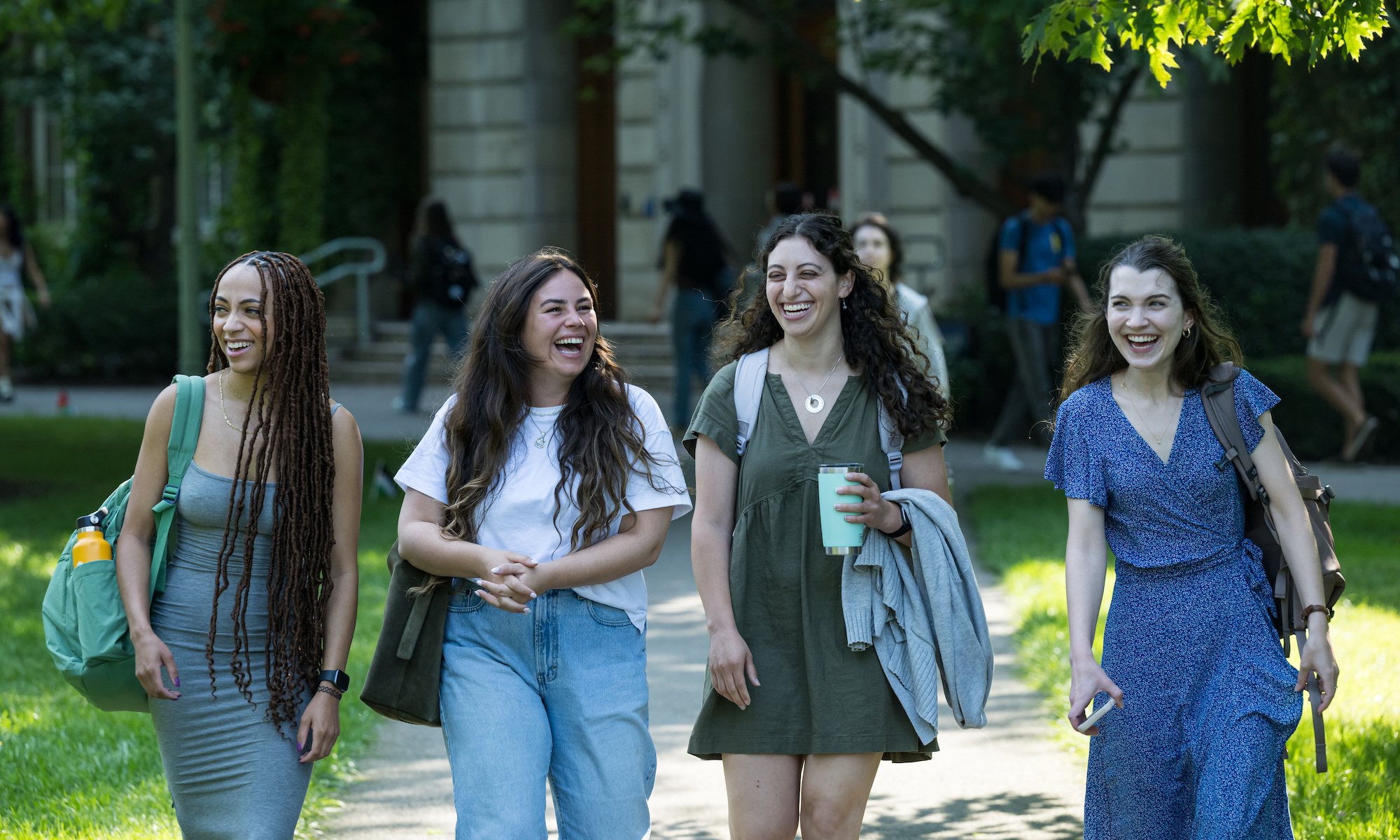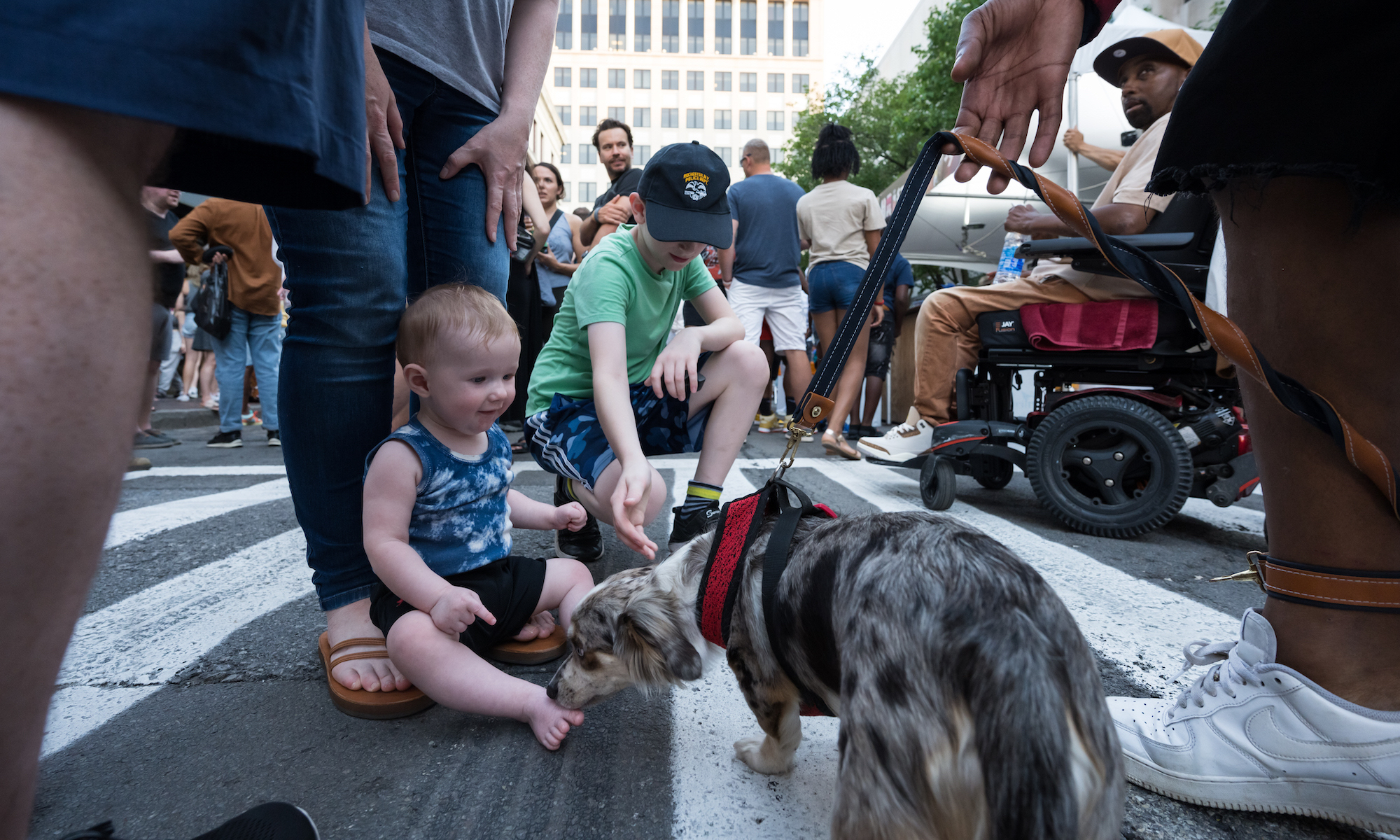“Bending bad; axial good.”
Chris Muir, professor of mechanical engineering, says he would be satisfied if that’s all his students remember from his mechanical design course, ME 204. Translated for a non-engineer: a structure is sturdier when each of its beams bear weight along its axis, without any bending.
However, judging from the comments of Muir’s students this semester, they learned much more than that. One of the toughest courses they experience, ME 204 prepares seniors each fall to design and build prototype devices to solve real-world problems the following spring in ME 205. These culminating design projects, required of all seniors, are often suggested and sponsored by outside companies and agencies.
In ME 204, however, the students had to do four projects, some individually, some in teams.
For example:
- Each student fabricated and built an air engine—essentially a steam engine that runs on compressed air. For many of the students this was their first exposure to machine shop tools and turning a design into a fully integrated device that actually works.
- Each student created a piece for a giant 75-piece team puzzle, which serves as a “metaphor for design team.” If all the pieces fit properly, the whole class gets credit. If even one piece doesn’t fit, the whole class is penalized.
- Students defined “everyday” problems that annoyed them, then designed and created devices to address them. This resulted in a wide range of innovations, from a cup holder that could be attached to a crutch to improved floss-pickers and even a pen that makes a less annoying noise when it is clicked.
- For the main event, students competed in teams to see who could construct the most efficient balsa wood structure. In a two-hour showdown, teams took turns “walking a plank” to prove which structure could survive the most force before snapping to pieces.
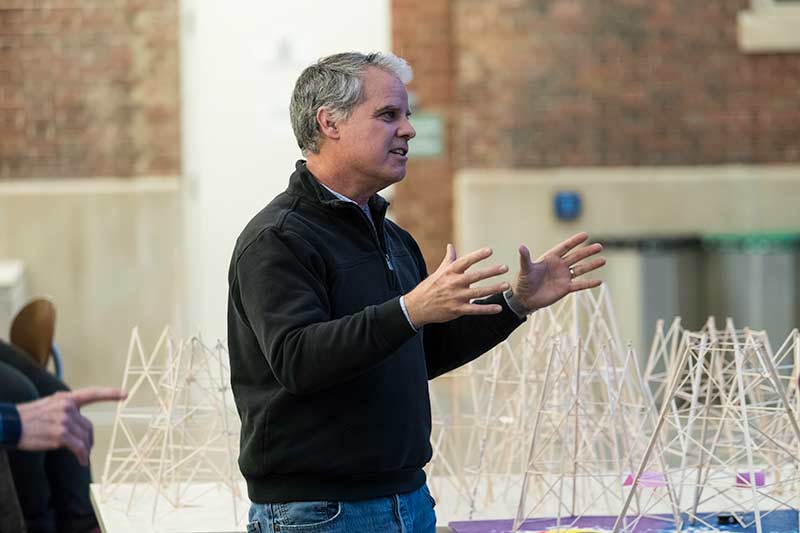
“We learned a ton and if nothing else, it taught us how to handle multiple projects simultaneously,” says Andrew Gutierrez ‘19. “ME 204 has been very busy, but because of that I think I am more prepared to work as an engineer.”
Shira Katz ’19, took a year off from school last year to work in industry, doing internships at Battelle and Honda. “It was cool to see how much of what we did in this class was important and applicable to future work we’d be doing,” she says. “It’s a jam-packed course with all types of engineering applications, including manufacturing, simulation, prototyping, design, laser cutting, casting, and 3D printing. And I loved how hands-on the course was.”
“The best part for me has been the camaraderie built between the senior class through it all,” says Mira Bodek ‘19. “We’ve gone through it together, especially the last week when we were all in Rettner slaving over our balsa structures. The moments we’ve had laughing and crying and complaining together have been great.”
Read more here.

